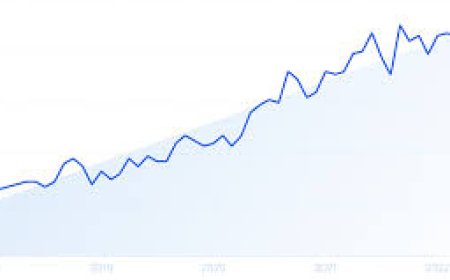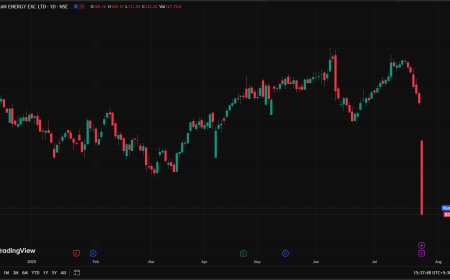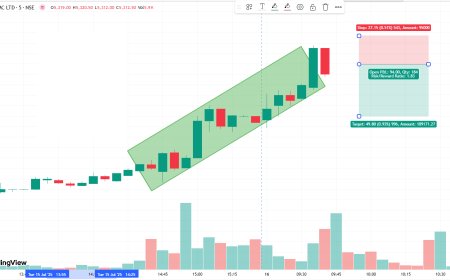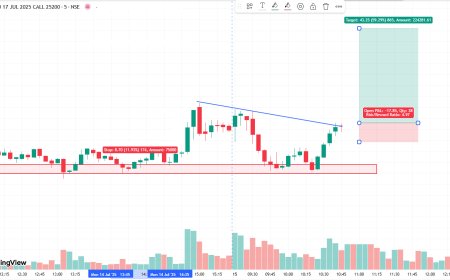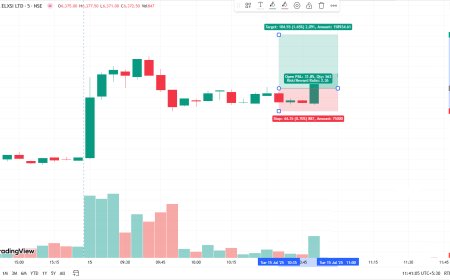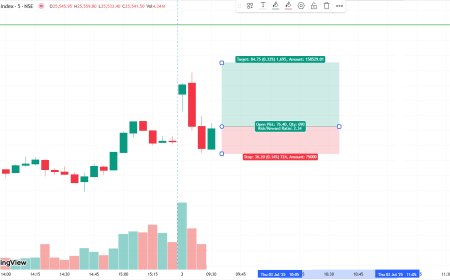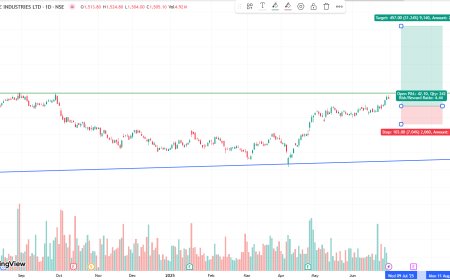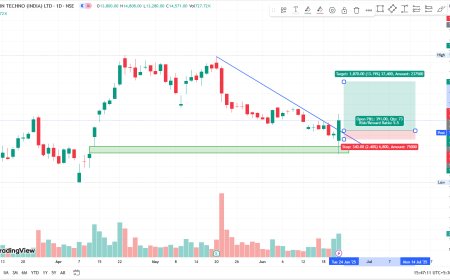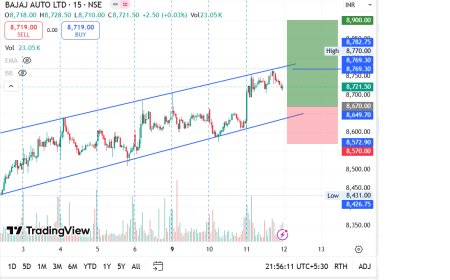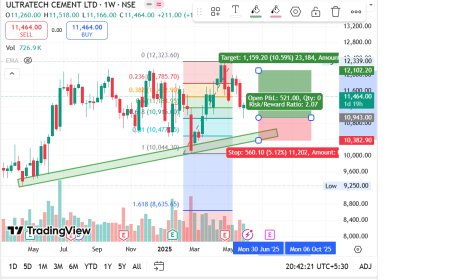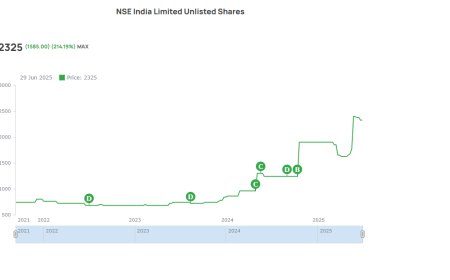Yen Shrugs Off Weak Bond Demand While Dollar Strengthens on Trade Deal Optimism
Despite weak domestic bond demand, the Japanese Yen holds steady while the US Dollar gains ground as markets eye progress in global trade talks. Insightful analysis of FX dynamics, central bank moves, and investor sentiment.

Yen Shrugs Off Tepid Bond Demand, Dollar Firms on Trade Deal Hopes
Introduction
In a display of resilience, the Japanese Yen traded largely unmoved despite muted domestic bond demand, reflecting investor faith in broader market fundamentals and global uncertainties. Meanwhile, the US Dollar found fresh momentum, buoyed by rising hopes for a positive breakthrough in global trade negotiations, particularly between the United States and China. The latest currency market movements underscore how geopolitical developments and central bank policy divergence continue to drive foreign exchange strategies and trader sentiment.
The Resilient Yen Amid Lukewarm Bond Auctions
Japan’s latest government bond auction saw tepid participation, with lower-than-expected bidding interest and relatively soft yields. However, contrary to what might be expected in such a scenario, the Yen remained broadly steady. This outcome highlights a key trend in recent Japanese financial markets — the diminishing sensitivity of the Yen to domestic bond dynamics.
Analysts attribute this divergence to the shifting investor focus toward global macroeconomic developments and the aggressive monetary stance of the Bank of Japan (BoJ). With the central bank maintaining its ultra-loose policy stance even as other global peers tighten, the Yen has found itself increasingly driven by external rather than internal cues.
BoJ’s Policy Anchors the Yen
Despite inflation inching closer to the BoJ’s 2% target, Governor Kazuo Ueda and his team have reiterated their intention to retain an accommodative monetary stance, citing the need for sustainable wage growth and economic recovery. This dovish tone has created a stabilizing effect on the Yen, even when traditional support factors like strong bond demand are lacking.
Market participants widely believe the BoJ's Yield Curve Control (YCC) policy and the lack of urgency to hike rates significantly buffer the currency against short-term fluctuations. This sentiment was evident as the USD/JPY pair hovered near the 156.5 level, showing limited volatility following the bond auction.
Dollar Gains Ground on Renewed Trade Deal Momentum
On the flip side of the currency market, the US Dollar strengthened, underpinned by renewed optimism surrounding trade negotiations, particularly between the U.S. and China. Hints of diplomatic thaw, combined with reports of high-level meetings to resolve tariff disputes, ignited bullish sentiment around the greenback.
Additionally, the Dollar's safe-haven appeal remained intact amid continuing geopolitical uncertainties and concerns around slower growth in the Eurozone. The dollar index (DXY), which measures the greenback against a basket of major currencies, climbed toward the 105 mark — a signal of broad-based demand for USD assets.
Macroeconomic Indicators Favor the Greenback
Recent US macroeconomic data has also lent support to the Dollar. Stronger-than-expected retail sales and durable goods orders suggest that American consumer spending remains resilient despite higher interest rates. Moreover, the labor market continues to show robustness, with jobless claims remaining low and wage growth maintaining upward momentum.
These figures have added fuel to speculation that the Federal Reserve may keep rates elevated for longer, even if no immediate hikes are on the horizon. Traders now see fewer odds of rate cuts this year, a sentiment that naturally supports the Dollar.
Market Reaction and Forex Implications
The forex market's reaction was telling. While the Yen held its ground in most currency crosses, it notably weakened against the Dollar. The USD/JPY pair traded with a bullish bias, with technical indicators showing strong support near 154.50 and potential resistance at the 157 level.
Elsewhere, other Asian currencies also felt the ripple effects. The Korean Won and Chinese Yuan saw moderate depreciation, while the Australian Dollar gained slightly on rising commodity prices. The Euro and Pound, meanwhile, remained range-bound, awaiting further clarity on rate trajectories from the ECB and BoE, respectively.
Investor Sentiment: Eyes on Central Banks and Trade Tables
Investor sentiment remains delicately balanced. On one hand, hopes for a constructive US-China trade dialogue are creating a risk-on environment, supporting equities and risk-sensitive currencies. On the other, lingering uncertainties around inflation trajectories, Fed policy, and energy prices are keeping investors cautious.
Central banks, particularly the Fed and BoJ, remain key players in this drama. The divergence in their policy paths is expected to further influence currency pair movements in the coming weeks. With Japan sticking to accommodation and the US adopting a "higher for longer" interest rate framework, the USD/JPY pair could experience further upward bias, barring intervention from Japanese authorities.
Currency Interventions: A Distant Possibility?
There’s increasing chatter in Tokyo about potential intervention by Japan’s Ministry of Finance (MoF) should the Yen weaken beyond critical levels, especially around 160. Though not imminent, such action cannot be ruled out, especially if volatility spikes or capital outflows intensify.
Historically, Japan has stepped into the currency markets to stabilize extreme fluctuations. However, any such move today would likely require coordination with international counterparts, especially given the current strength of the Dollar.
Geopolitical Backdrop and Its Forex Spillovers
Beyond economics, geopolitics continues to play a critical role. From Middle East tensions to Russia-Ukraine dynamics, global markets are on high alert. The Yen, traditionally seen as a safe-haven currency, hasn’t responded to these developments in the same way as in the past — largely due to its interest rate disadvantage and investor preference for the Dollar’s liquidity in times of crisis.
Still, any sudden escalation in global tensions could tilt the balance back in favor of the Yen, making it a useful hedge against extreme scenarios.
Outlook: What to Watch Going Forward
Looking ahead, traders and investors will be closely watching:
-
Progress in U.S.-China trade talks and any potential resolution on tariffs
-
Commentary from the Federal Reserve, particularly around inflation risks and interest rate path
-
Signals from the Bank of Japan regarding policy normalization, however distant it may be
-
Fluctuations in the bond markets, both in Japan and the U.S.
-
Inflation data, wage growth metrics, and central bank minutes from major economies
Any deviation from current expectations could trigger swift moves in currency markets. For now, the Dollar appears to have the upper hand, driven by stronger fundamentals and higher yields. The Yen, while stable, is at the mercy of external forces unless Japanese authorities decide to step in.
The interplay between soft domestic demand for bonds and a resilient Yen showcases the complexity of today’s forex markets. Investors are no longer guided by traditional metrics alone; rather, they respond to a cocktail of geopolitical developments, central bank signaling, and market psychology.
As the Dollar firms on the back of improving macroeconomic data and renewed trade optimism, the stage is set for continued currency divergence. Yet, in an increasingly interconnected world, surprises can never be ruled out. Whether it's a sudden diplomatic breakthrough or a policy pivot from Tokyo or Washington, traders would do well to remain agile and informed.
What's Your Reaction?
 Like
0
Like
0
 Dislike
0
Dislike
0
 Love
0
Love
0
 Funny
0
Funny
0
 Angry
0
Angry
0
 Sad
0
Sad
0
 Wow
0
Wow
0






























